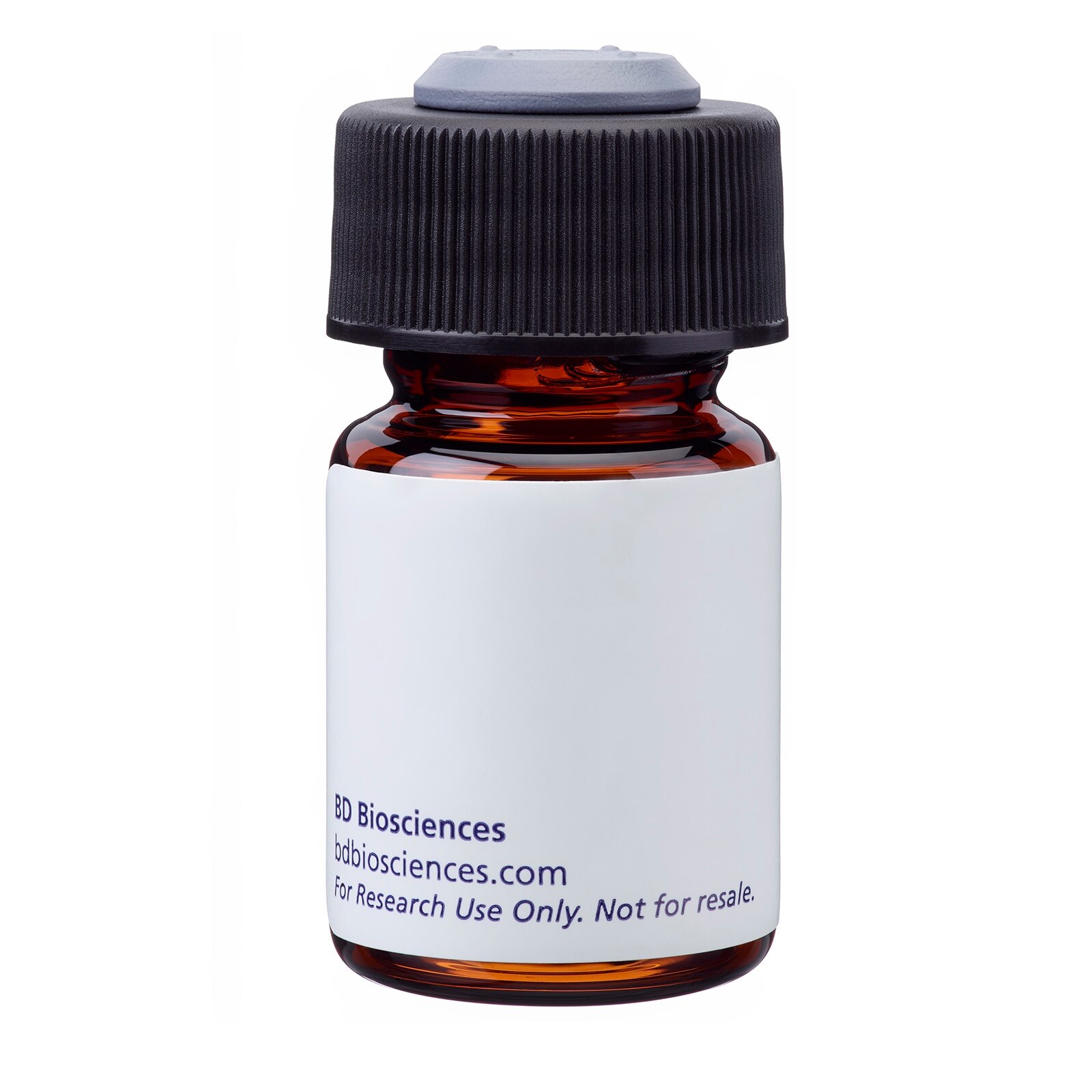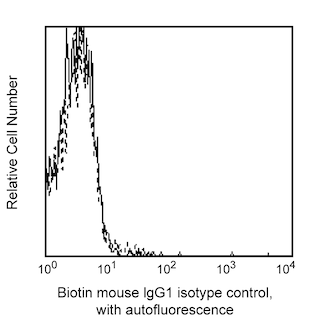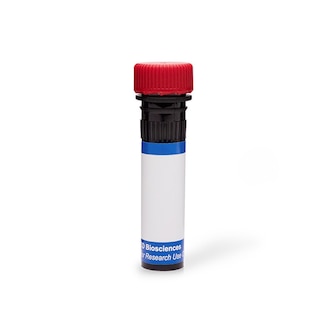-
Reagents
- Flow Cytometry Reagents
-
Western Blotting and Molecular Reagents
- Immunoassay Reagents
-
Single-Cell Multiomics Reagents
- BD® OMICS-Guard Sample Preservation Buffer
- BD® OMICS-One Protein Panels
- BD® AbSeq Assay
- BD® Single-Cell Multiplexing Kit
- BD Rhapsody™ ATAC-Seq Assays
- BD Rhapsody™ Whole Transcriptome Analysis (WTA) Amplification Kit
- BD Rhapsody™ TCR/BCR Next Multiomic Assays
- BD Rhapsody™ Targeted mRNA Kits
- BD Rhapsody™ Accessory Kits
-
Functional Assays
-
Microscopy and Imaging Reagents
-
Cell Preparation and Separation Reagents
-
Promotions
-
Spectral Sorter Promotion
-
BD Primer Program
-
New Lab Promotion
-
BD FACSLyric™ Flow Cytometers 50th Anniversary Promo
-
BD FACSAria™ Customer Loyalty Promotion
-
FlowJo™ Software Promotion
-
BD® Research Cloud Promotion
-
30% off + Free Shipping on BD Horizon Brilliant™ Violet and Ultraviolet Reagents!
-
30% off BD Horizon RealYellow ™ & BD Horizon RealBlue™ Reagents!
-
Spectral Sorter Promotion
-
Training
- Flow Cytometry Basic Training
-
Product-Based Training
- BD Accuri™ C6 Plus Cell Analyzer
- BD FACSAria™ Cell Sorter Cell Sorter
- BD FACSCanto™ Cell Analyzer
- BD FACSDiscover™ A8 Cell Analyzer
- BD FACSDiscover™ S8 Cell Sorter
- BD FACSDuet™ Sample Preparation System
- BD FACSLyric™ Cell Analyzer
- BD FACSMelody™ Cell Sorter
- BD FACSymphony™ Cell Analyzer
- BD LSRFortessa™ Cell Analyzer
- Advanced Training
-
- BD® OMICS-Guard Sample Preservation Buffer
- BD® OMICS-One Protein Panels
- BD® AbSeq Assay
- BD® Single-Cell Multiplexing Kit
- BD Rhapsody™ ATAC-Seq Assays
- BD Rhapsody™ Whole Transcriptome Analysis (WTA) Amplification Kit
- BD Rhapsody™ TCR/BCR Next Multiomic Assays
- BD Rhapsody™ Targeted mRNA Kits
- BD Rhapsody™ Accessory Kits
-
- BD Accuri™ C6 Plus Cell Analyzer
- BD FACSAria™ Cell Sorter Cell Sorter
- BD FACSCanto™ Cell Analyzer
- BD FACSDiscover™ A8 Cell Analyzer
- BD FACSDiscover™ S8 Cell Sorter
- BD FACSDuet™ Sample Preparation System
- BD FACSLyric™ Cell Analyzer
- BD FACSMelody™ Cell Sorter
- BD FACSymphony™ Cell Analyzer
- BD LSRFortessa™ Cell Analyzer
- United States (English)
-
Change country/language
Old Browser
This page has been recently translated and is available in French now.
Looks like you're visiting us from {countryName}.
Would you like to stay on the current country site or be switched to your country?
BD Pharmingen™ Biotin Mouse Anti-Human CD2
Clone RPA-2.10 (RUO)

Flow cytometric analysis of CD2 expression on human peripheral blood lymphocytes. Whole blood was stained with either Biotin Mouse IgG1, κ Isotype Control (Cat. No. 555747; dashed line histogram) or Biotin Mouse Anti-Human CD2 antibody (Cat. No. 555325; solid line histogram). Secondary staining was carried out with PE Streptavidin (Cat. No. 550461) and erythrocytes were lysed with BD FACS™ Lysing Solution (Cat. No. 349202). The fluorescence histograms showing CD2 expression (or Ig Isotype control staining) were derived from gated events with the forward and side light-scatter characteristics of intact lymphocytes. Flow cytometry was performed on a BD FACScan™ system.


Flow cytometric analysis of CD2 expression on human peripheral blood lymphocytes. Whole blood was stained with either Biotin Mouse IgG1, κ Isotype Control (Cat. No. 555747; dashed line histogram) or Biotin Mouse Anti-Human CD2 antibody (Cat. No. 555325; solid line histogram). Secondary staining was carried out with PE Streptavidin (Cat. No. 550461) and erythrocytes were lysed with BD FACS™ Lysing Solution (Cat. No. 349202). The fluorescence histograms showing CD2 expression (or Ig Isotype control staining) were derived from gated events with the forward and side light-scatter characteristics of intact lymphocytes. Flow cytometry was performed on a BD FACScan™ system.

Flow cytometric analysis of CD2 expression on human peripheral blood lymphocytes. Whole blood was stained with either Biotin Mouse IgG1, κ Isotype Control (Cat. No. 555747; dashed line histogram) or Biotin Mouse Anti-Human CD2 antibody (Cat. No. 555325; solid line histogram). Secondary staining was carried out with PE Streptavidin (Cat. No. 550461) and erythrocytes were lysed with BD FACS™ Lysing Solution (Cat. No. 349202). The fluorescence histograms showing CD2 expression (or Ig Isotype control staining) were derived from gated events with the forward and side light-scatter characteristics of intact lymphocytes. Flow cytometry was performed on a BD FACScan™ system.


BD Pharmingen™ Biotin Mouse Anti-Human CD2

Regulatory Status Legend
Any use of products other than the permitted use without the express written authorization of Becton, Dickinson and Company is strictly prohibited.
Preparation And Storage
Product Notices
- This reagent has been pre-diluted for use at the recommended Volume per Test. We typically use 1 × 10^6 cells in a 100-µl experimental sample (a test).
- An isotype control should be used at the same concentration as the antibody of interest.
- Source of all serum proteins is from USDA inspected abattoirs located in the United States.
- Caution: Sodium azide yields highly toxic hydrazoic acid under acidic conditions. Dilute azide compounds in running water before discarding to avoid accumulation of potentially explosive deposits in plumbing.
- Species cross-reactivity detected in product development may not have been confirmed on every format and/or application.
- For fluorochrome spectra and suitable instrument settings, please refer to our Multicolor Flow Cytometry web page at www.bdbiosciences.com/colors.
- Please refer to www.bdbiosciences.com/us/s/resources for technical protocols.
Data Sheets
Companion Products






The RPA-2.10 monoclonal antibody specifically binds to CD2 which is also known as Lymphocyte-function antigen-2 (LFA-2), LFA-3 receptor, Erythrocyte receptor, Sheep red blood cell (SRBC) receptor, or T-cell surface antigen T11/Leu-5. CD2 is a 50 kDa type I transmembrane glycoprotein. CD2 belongs to the immunoglobulin superfamily of proteins along with its primary ligand, LFA-3 (CD58). It is expressed on the surface of ~80-90% of human peripheral blood lymphocytes, greater than 95% of thymocytes, all T lymphocytes that form E-rosettes, and a subset of NK cells. CD2 functions as an adhesion receptor that binds to CD58 resulting in the activation of CD2-positive T cells and NK cells and in the regulation of their cytolytic activities.
Development References (7)
-
Aversa GG, Bishop GA, Suranyi MG, Hall BM. RPA-2.10: an anti-CD2 monoclonal antibody that inhibits alloimmune responses and monitors T cell activation. Transplant Proc. 1987; 19(1):277-278. (Biology). View Reference
-
Guesdon JL, Ternynck T, Avrameas S. The use of avidin-biotin interaction in immunoenzymatic techniques. J Histochem Cytochem. 1979; 27(8):1131-1139. (Biology). View Reference
-
Hahn WC, Burakoff SJ, Bierer BE. Signal transduction pathways involved in T cell receptor-induced regulation of CD2 avidity for CD58. J Immunol. 1993; 150(7):2607-2619. (Biology). View Reference
-
Jonker M, Slingerland W. Reactivity of mAb specific for human CD markers with Rhesus monkey leucocytes. In: Knapp W. W. Knapp .. et al., ed. Leucocyte typing IV : white cell differentiation antigens. Oxford New York: Oxford University Press; 1989:1058-1063.
-
Kato K. CD2 Workshop Panel report. In: Kishimoto T. Tadamitsu Kishimoto .. et al., ed. Leucocyte typing VI : white cell differentiation antigens : proceedings of the sixth international workshop and conference held in Kobe, Japan, 10-14 November 1996. New York: Garland Pub.; 1997:39-43.
-
Knapp W. W. Knapp .. et al., ed. Leucocyte typing IV : white cell differentiation antigens. Oxford New York: Oxford University Press; 1989:1-1182.
-
Suranyi MG, Bishop GA, Clayberger C, et al. Lymphocyte adhesion molecules in T cell-mediated lysis of human kidney cells. Kidney Int. 1991; 39(2):312-319. (Biology). View Reference
Please refer to Support Documents for Quality Certificates
Global - Refer to manufacturer's instructions for use and related User Manuals and Technical data sheets before using this products as described
Comparisons, where applicable, are made against older BD Technology, manual methods or are general performance claims. Comparisons are not made against non-BD technologies, unless otherwise noted.
For Research Use Only. Not for use in diagnostic or therapeutic procedures.